Animal shelters have come a long way. They’re no longer stark, purely functional buildings made up of bare rooms and cages on concrete floors.
As more shelters become no-kill and shift their focus to caring for animals in stressful situations, shelter design has evolved to better serve the needs of the animals, those who are planning to adopt a new furry friend, and the volunteers and staff who ensure the shelter runs smoothly.
Like humans, animals want comfortable places to sleep and to feel secure, which contributes to how they behave when they interact with humans. The staff and volunteers, who often pick up after animals as well as meet with prospective adopters, also need spaces that facilitate a happy work environment. And prospective adopters want to feel welcome at the shelter and have the room to interact with the animal they’re considering bringing home.
To encourage happier visitors, happier staff and volunteers, and most important, happier animals, include some thoughtful design touches in your animal shelter. Follow a few simple design cues, and you’ll increase adoptions and attract more volunteer staff.
Pro Tip
Save time and paper — collect form submissions for your shelter online with Jotform and get 50% off.
A safe space for animals
Stacked cages often make animals nervous and shy since there isn’t enough room for them to relax. For example, dogs need anywhere from 60 to 120 square feet, and that space needs to be square-shaped — as opposed to a narrow, rectangular “dog run” — so the dog won’t touch its nose or tail on the walls when it turns around. Each cat needs 20 to 30 square feet, with high ceilings for climbing.
Animal spaces also need plenty of natural light and fresh air. The natural light helps animals know if it’s day or night — which is good for their well-being — and helps sanitize surfaces with UV rays. Meanwhile, fresh air not only controls odors but also helps to minimize the spread of airborne viruses among the animals (and the humans tending to them).
In addition, you should design animal spaces so that the animals can look out windows, which will help stave off boredom. Consider creating a canine “courtyard” that the animals can face out onto, with part of their kennels actually outdoors so that they can get fresh air on nice days. Also consider creating an outdoor “catio” full of furniture that adoptable cats can climb and nap on, as well as an indoor “cat room” for socialized, adoptable cats to roam free.
Another aspect of good animal shelter design is including socialization spaces for the animals. In addition to a catio and courtyard-facing kennels, you can add a garden or outdoor space for non-aggressive dogs to play in. Potential adopters can also use this space to play with the animals before committing to them.
A comfortable work environment
Careful animal shelter design can also make the shelter a more welcoming environment for volunteers and staff. Natural light and air circulation will go a long way toward ensuring the comfort of the humans who work in the shelter, and they can use courtyards during their breaks.
Animal shelters aren’t always clean environments, though. Part of a shelter employee or volunteer’s job is to clean up after the animals, as well as feed, water, and bathe them. If space permits, add mini kitchens and space for mops and mop buckets throughout the shelter. This will make it easier for staff and volunteers to take care of messes.
If you’re completely redesigning the shelter, add wide hallways to make it easier to push cleaning carts through them. An added bonus of wider hallways is that the facility can become accessible and can encourage wheelchair users to adopt a dog or cat for companionship or even as a service animal.
Make sure areas where staff and volunteers work on computers and meet with adopters are welcoming, inviting, and comfortable. Install ergonomically correct workstations in convenient locations, not just in a back office, so that volunteers and employees can quickly input things like feeding and exercise schedules. Add semiprivate rooms where staff can interview volunteers, have small meetings, or talk with adopters.
Finally, include a volunteer and staff lounge in your animal shelter design plans. Install enough lockers so that volunteers can stow small belongings, as well as comfortable seating and small tables so they can have coffee and chat with each other. Remember, a lot of people volunteer so that they can meet like-minded individuals and form connections as they discuss that cute little tabby that just came in.
An inviting space for adopters
You also need to consider the people coming in to find a furry companion. The space needs to give off a warm, pleasant feeling to draw them in, starting with the lobby. If you can, provide a glimpse of some of the cats and dogs as prospective adopters enter the shelter, and include space for a volunteer greeter to provide information on the animals they see, as well as other areas of the shelter.
Consider the comfort of visitors. A lot of families come to the shelter on weekends, and not every family member wants to see every single animal. Places where tired parents and children can take a break are always welcome and increase the time the family will spend in the shelter — upping the chances that they’ll bring one of the animals home.
Finally, as you design your shelter, look at adding meeting rooms and outdoor space. You can use these areas for seminars, staff meetings, and celebrations, and can bring in community members as you offer topics relevant to caring for pets. Outdoor space can become a setting for community activities and obedience classes, as well as places for your volunteers to take the shelter dogs to play.
The design of your shelter can go a long way toward making animals and people happy, as well as helping prospective adopters find just the right furry friend. Pay attention to small details, and make the space as inviting and comfortable as possible — for canines, felines, and humans alike.
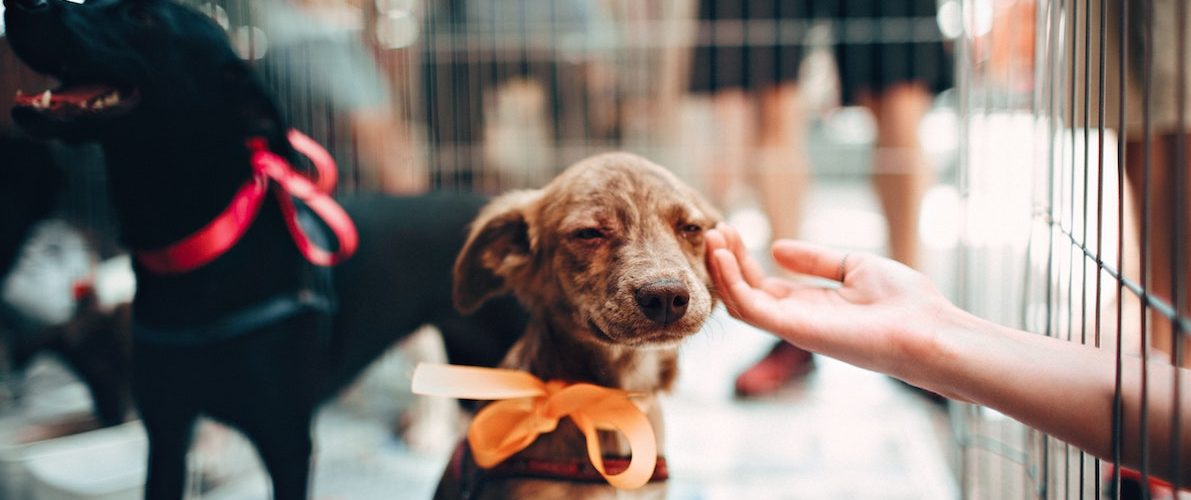

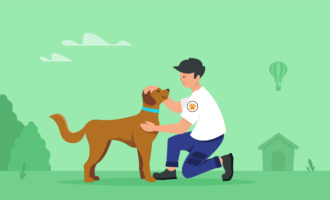

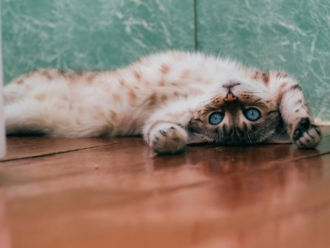

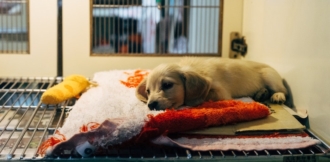
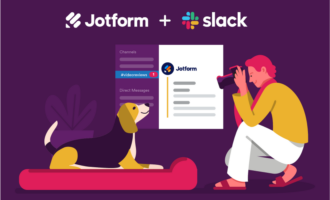
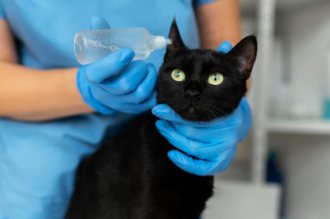
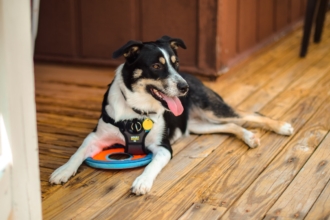
Send Comment: